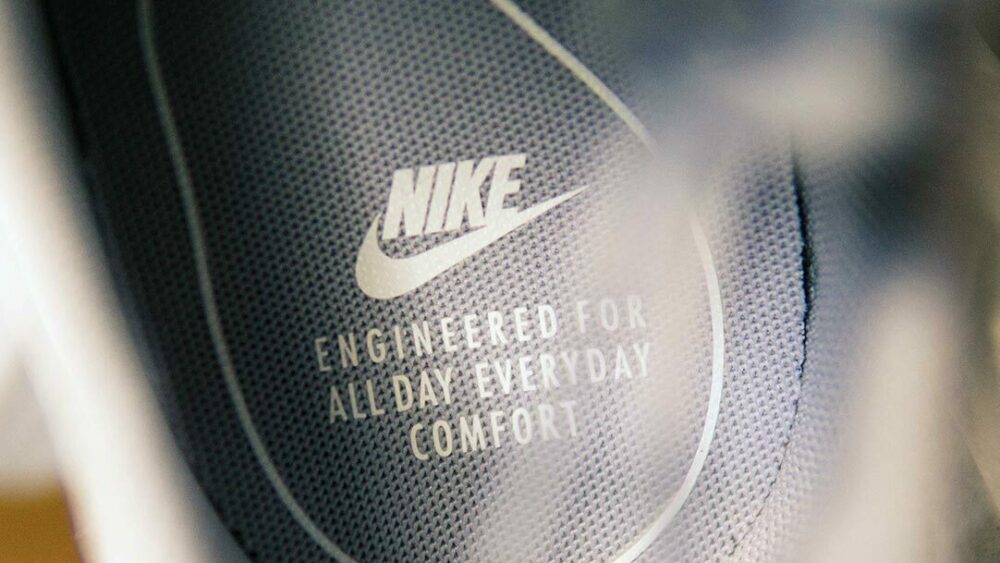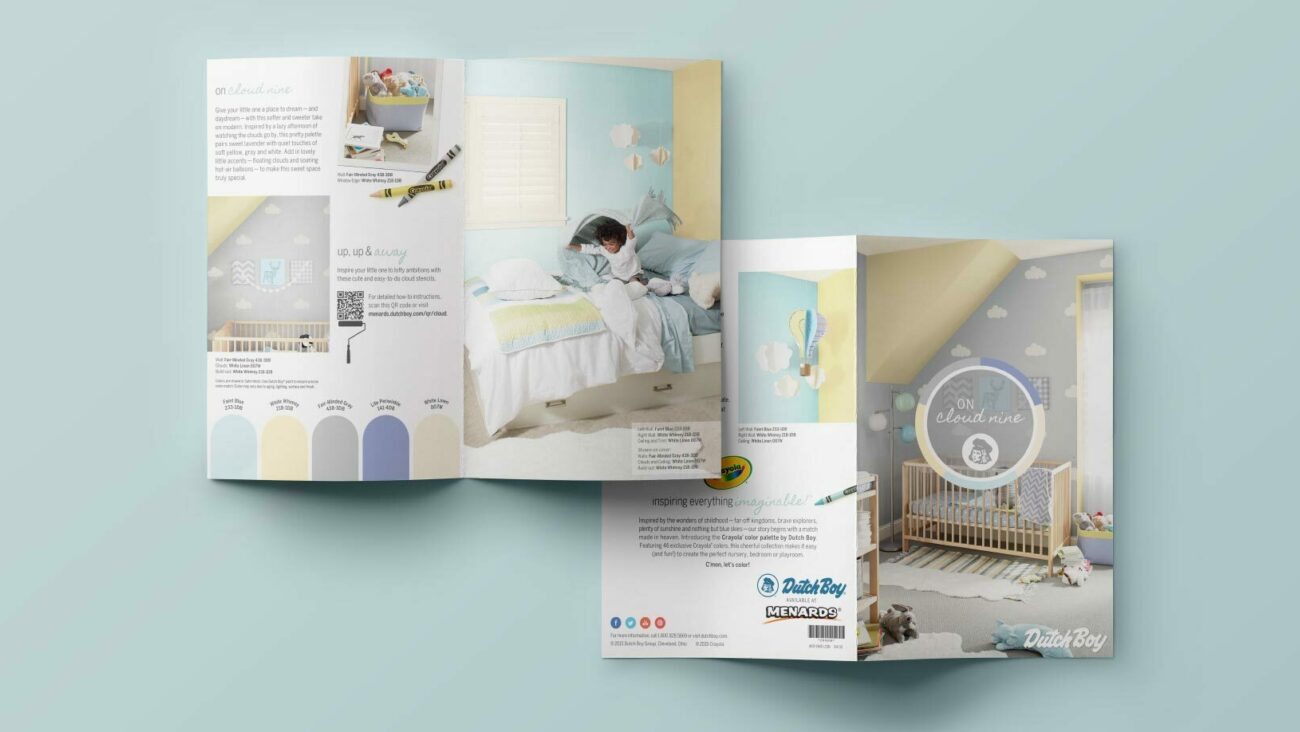What Does a Font Communicate?
When you visit the website of Buffy, a new bedding startup, the first thing you notice is the font. The round and quirky take on Cooper Black was created by Natasha Jen, a partner at Pentagram. In an interview with Vox, Jen said she and the team at Buffy were inspired by the counterculture of the 1960s and 1970s, particularly the look and feel of artifacts such as the Whole Earth Catalog and the Ant Farm design group’s “Inflatocookbook", which were the ancestors of today’s wellness culture.
“Stylistically, the ’70s were really exuberant and free, and also extremely diverse,“ Jen says. Later, Jen points out, “It doesn’t seem surprising that when people [today] are trying to find something comforting, we don’t want something that feels Swiss, which can bleed into fascism.“
What does all that have to do with a bedding start-up based out of New York? Well, just listen to how the brand talks about its products: “Not all textiles are created equal. We only use sustainable and renewable versions of those materials you might already be familiar with.“ And: “Our cool-to-the-touch eucalyptus fabric is more breathable than cotton and softer than linen. Our eucalyptus is grown in Austria using 10x less water than cotton. To dye our sheets, we only use a handful of natural ingredients, like gardenia and pomegranate. Meaning no bleach or harsh chemicals here!“
It does sound a little groovy, doesn’t it? Now imagine if Buffy had used a more modern and stiff sans serif font as part of their brand identity—how would that have communicated the brand’s values of sustainability? It may seem like a small thing, but these are small details that successful brands get right.
What Does Your Packaging Say About Your Brand?
Take a moment and look at one of the dozens of YouTube videos of Casper customers unboxing their new mattresses. When the mattress brand debuted in 2014, videos like these went viral, creating a how-did-they-do-that sensation.
Of course, the ability to stuff a mattress into a box is not exactly revolutionary technology. As Paul Block, vice president of a company that sells the box-packing machine, says in a Wired article, “These roll-pack machines have been around for a long time, probably 10 years. But suddenly people found a use for them."
What no other mattress brand had thought to do was actually use the box—and the process of unboxing—as a selling point. And beyond that, no other brand included handwritten notes in the box, as well as a special tool for cutting through the plastic that encases the mattress. In short, no other brand had ever made buying and receiving a mattress feel special.
Sure, it is undeniably cool to open a Casper box and then watch the mattress expand and take shape, but that’s not the deeper brand value at work here. Instead, what Casper managed to do with their packaging strategy was make receiving a bland, unemotional commodity feel like opening a present on Christmas morning.
As Wired points out, “The focus of the Casper marketing story? Making you covet the experience of buying — analogous to how Tiffany’s Blue Box became almost as desired as the bauble inside.“





